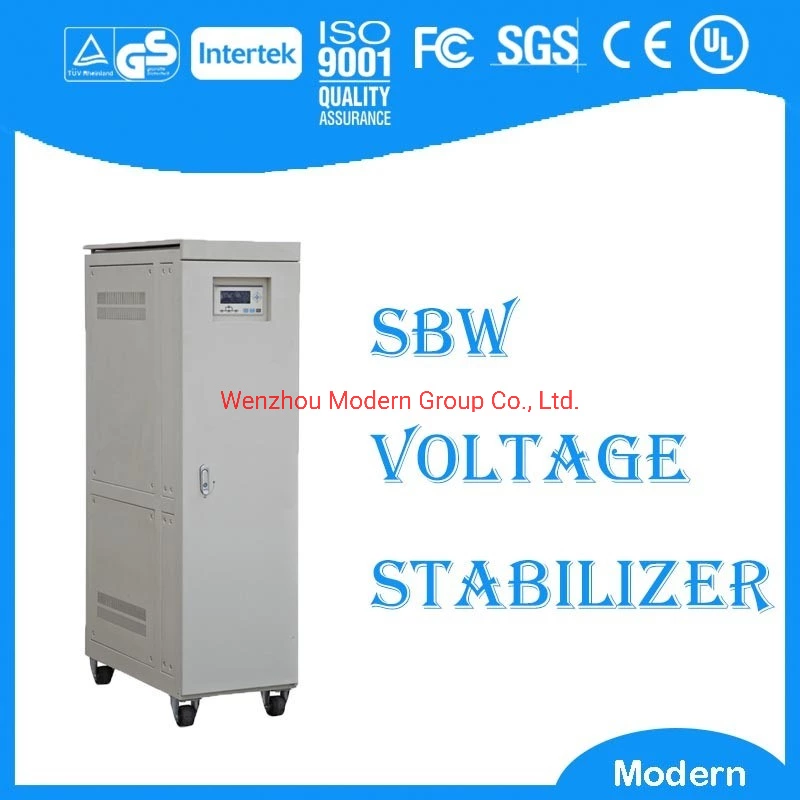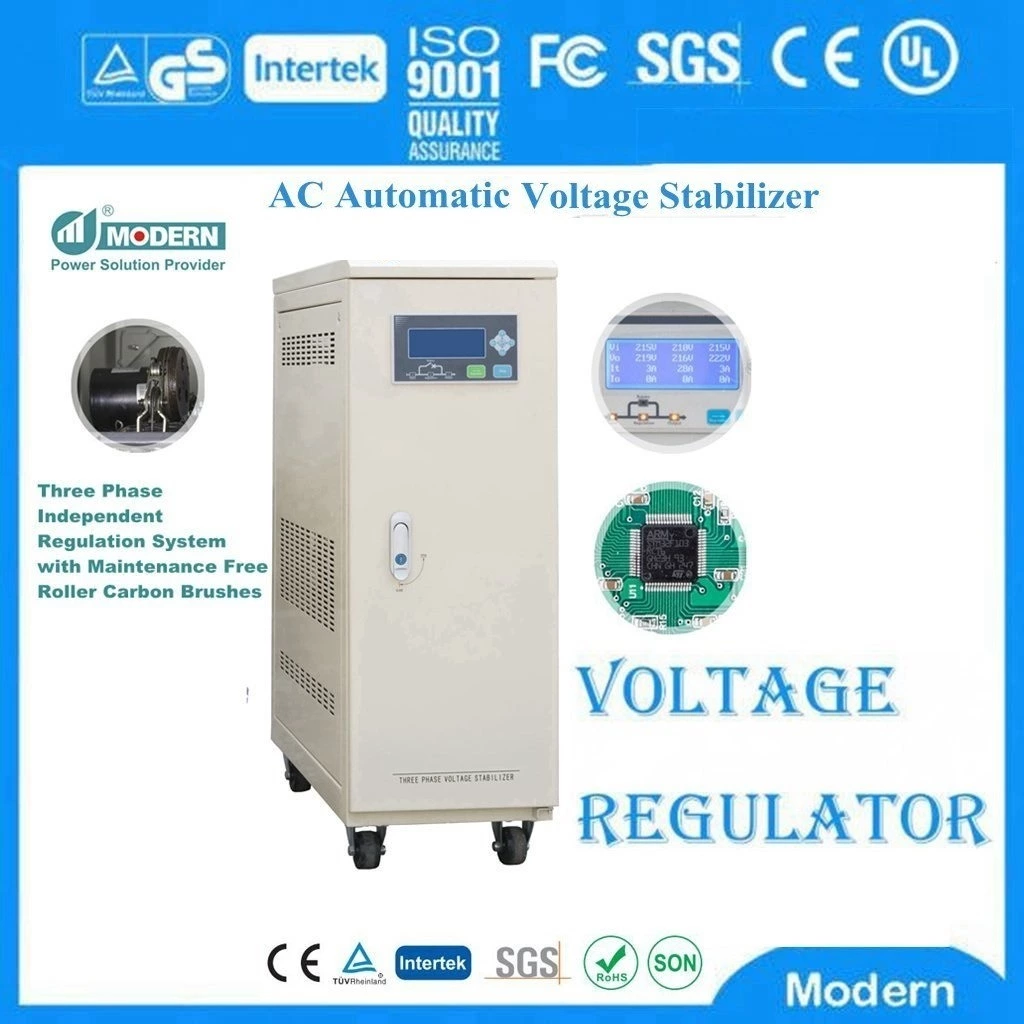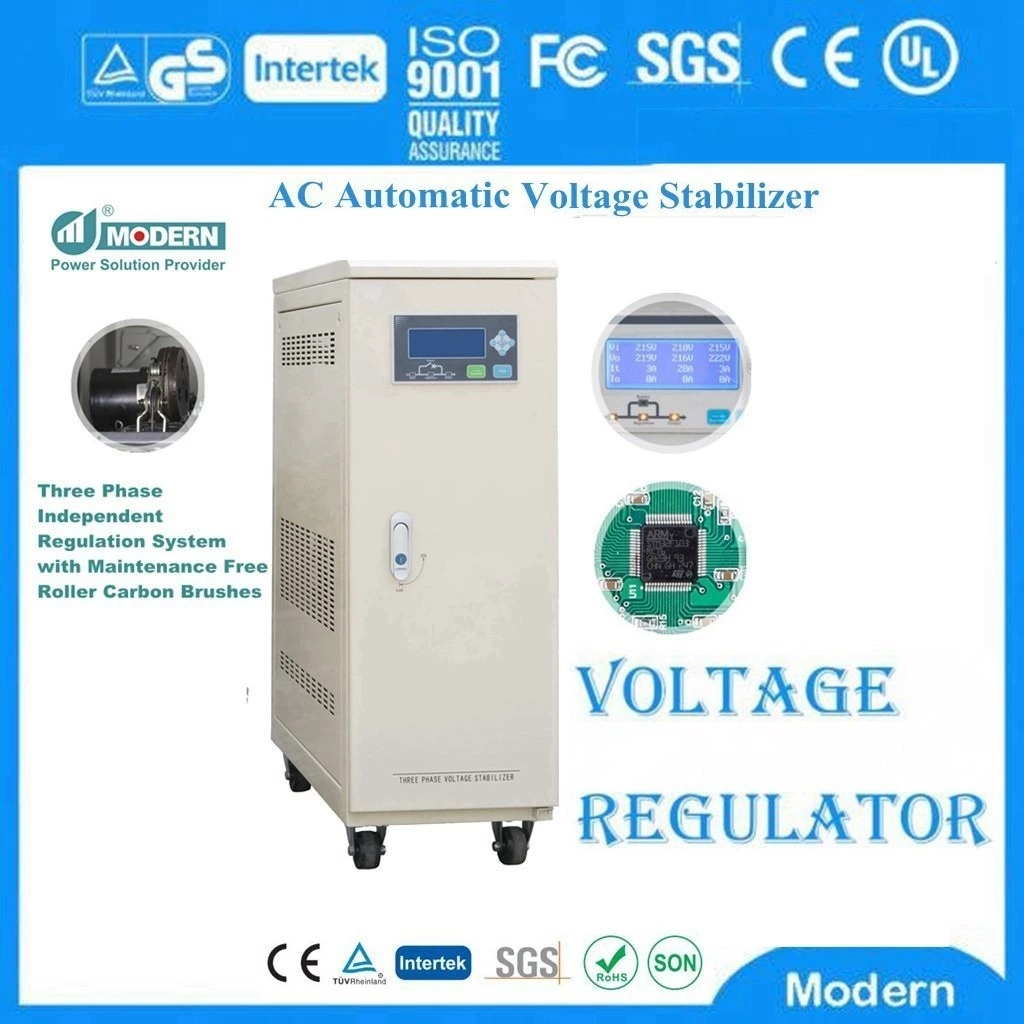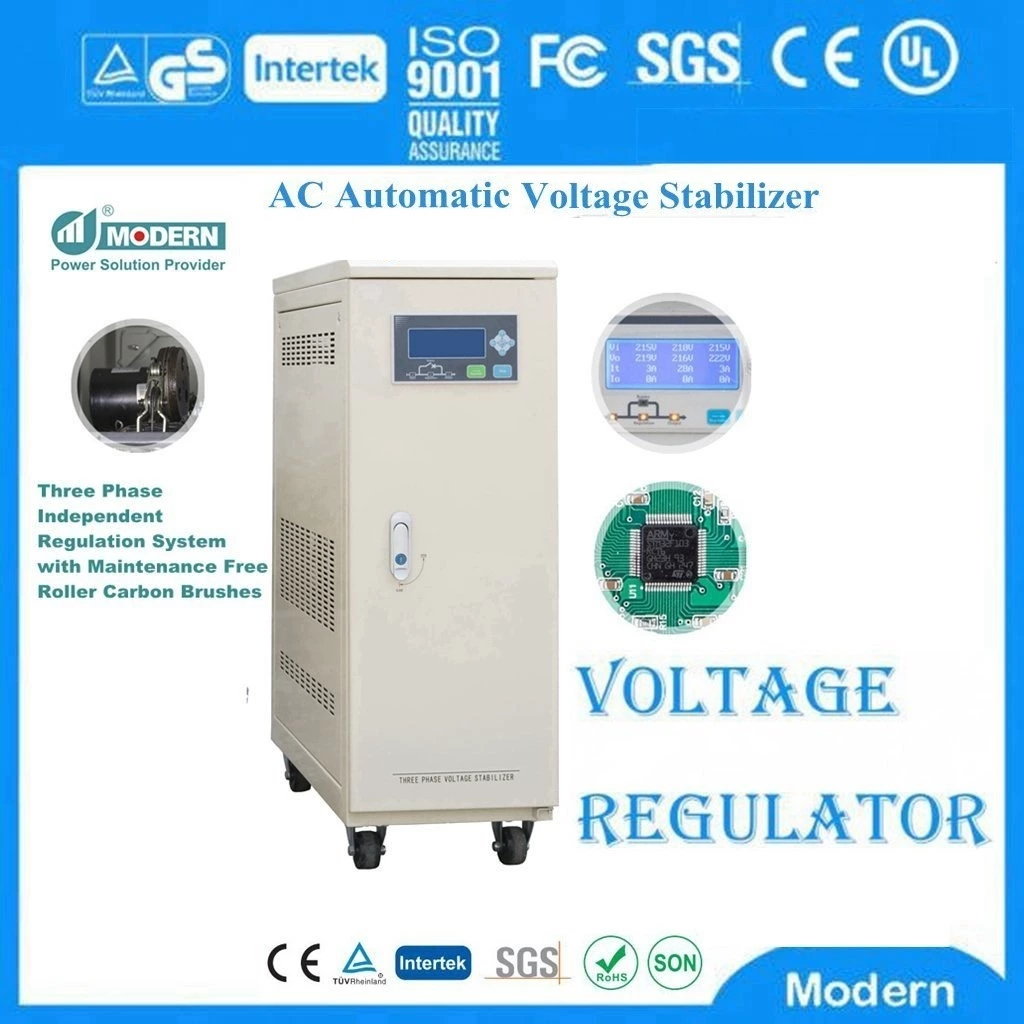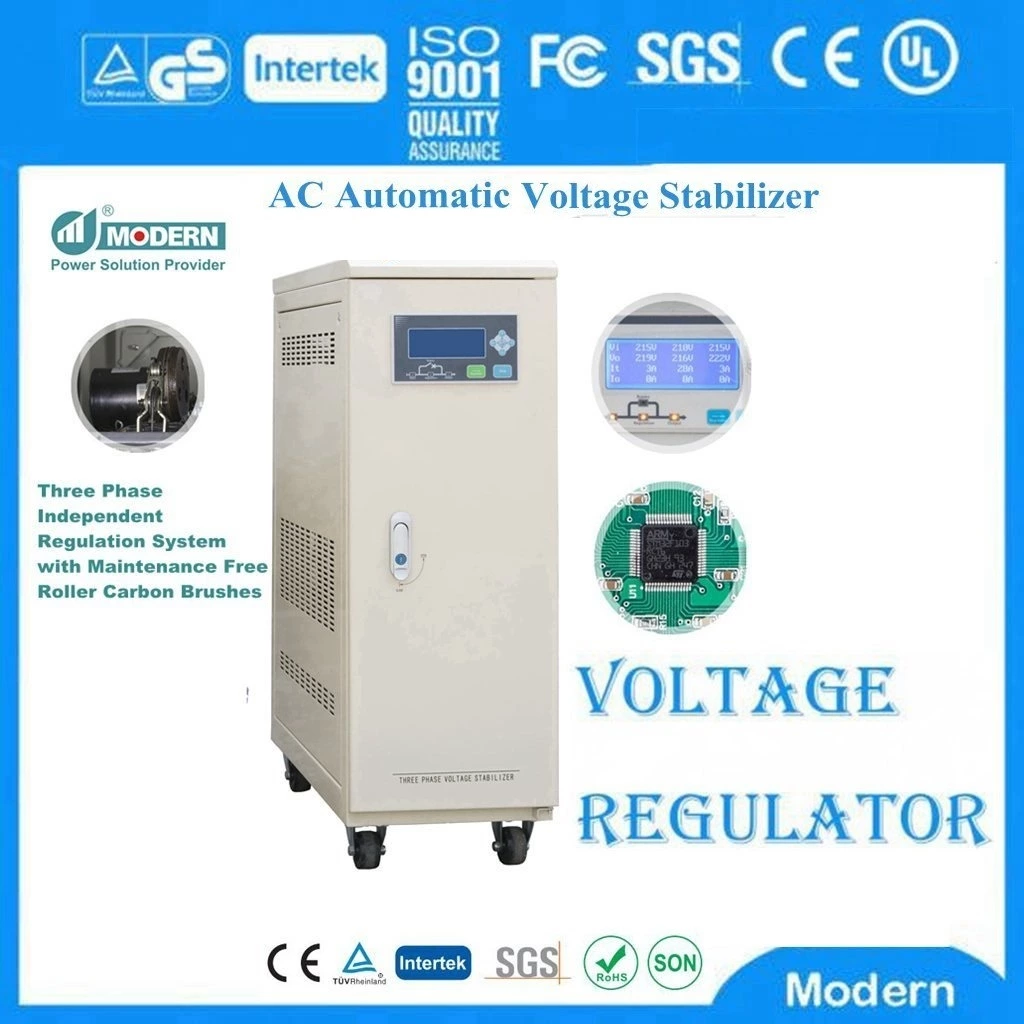The Role Of Voltage Optimizer
The main function of Voltage Optimiser is to adjust and control voltage to meet the needs of different devices and systems, while improving the efficiency and stability of the power system.
Regulating and controlling voltage
The voltage optimizer can automatically adjust the grid voltage to ensure that it remains within the range required by the equipment. This is critical in both industry and daily life, as unstable voltage may damage the equipment or affect its normal operation.
Improving power efficiency
By optimizing the power transmission process, energy loss is reduced, thereby improving the energy efficiency of the overall system. This function is particularly important for industrial power equipment and renewable energy power generation systems, as it helps reduce operating costs and has a positive impact on environmental protection.
Achieving load matching
The voltage optimizer can flexibly adjust the output power according to the needs of the load, ensuring that the equipment can operate efficiently. For example, in a household air conditioner, it can automatically adjust the power output to maintain a comfortable temperature and achieve energy saving effects.
Other functions
In addition to the above main functions, the voltage optimizer may also have other auxiliary functions, such as preventing excessive charging current, cutting off the charging circuit when reverse current occurs, etc., to protect power equipment and batteries.
Application examples
In industrial environments, voltage optimizers can ensure that equipment works properly at a specific voltage, thereby extending its service life.
In home appliances, it can optimize power usage and save electricity bills.
In the field of renewable energy, it can help increase the output power of solar panels and increase power generation.
Through these functions and application scenarios, voltage optimizers play an indispensable role in modern power systems, ensuring the stability and efficiency of power supply.
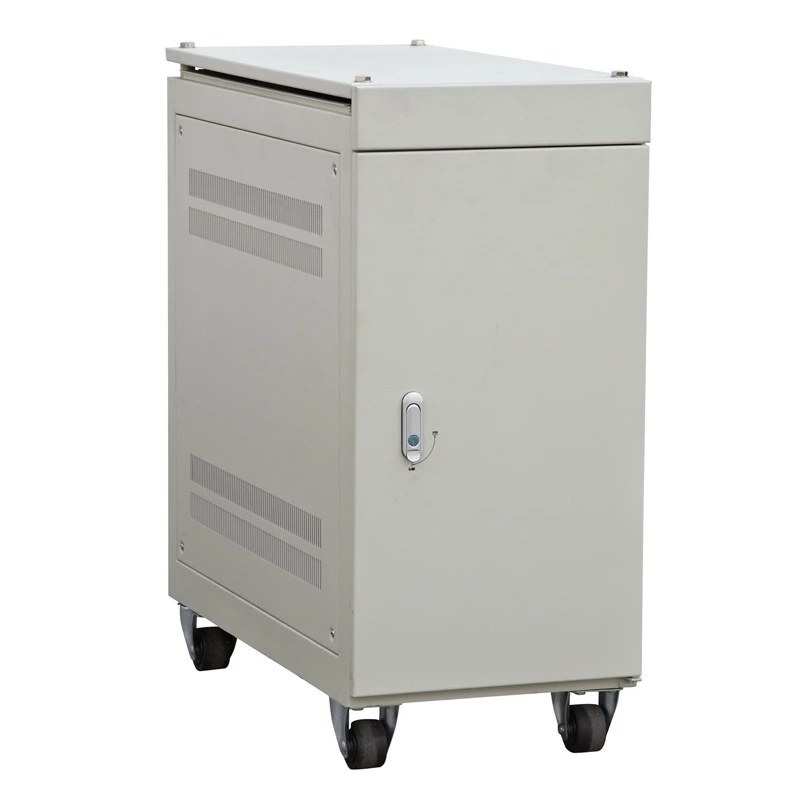
 Русский
Русский
 Français
Français
 Português
Português
 Español
Español
 اللغة العربية
اللغة العربية
